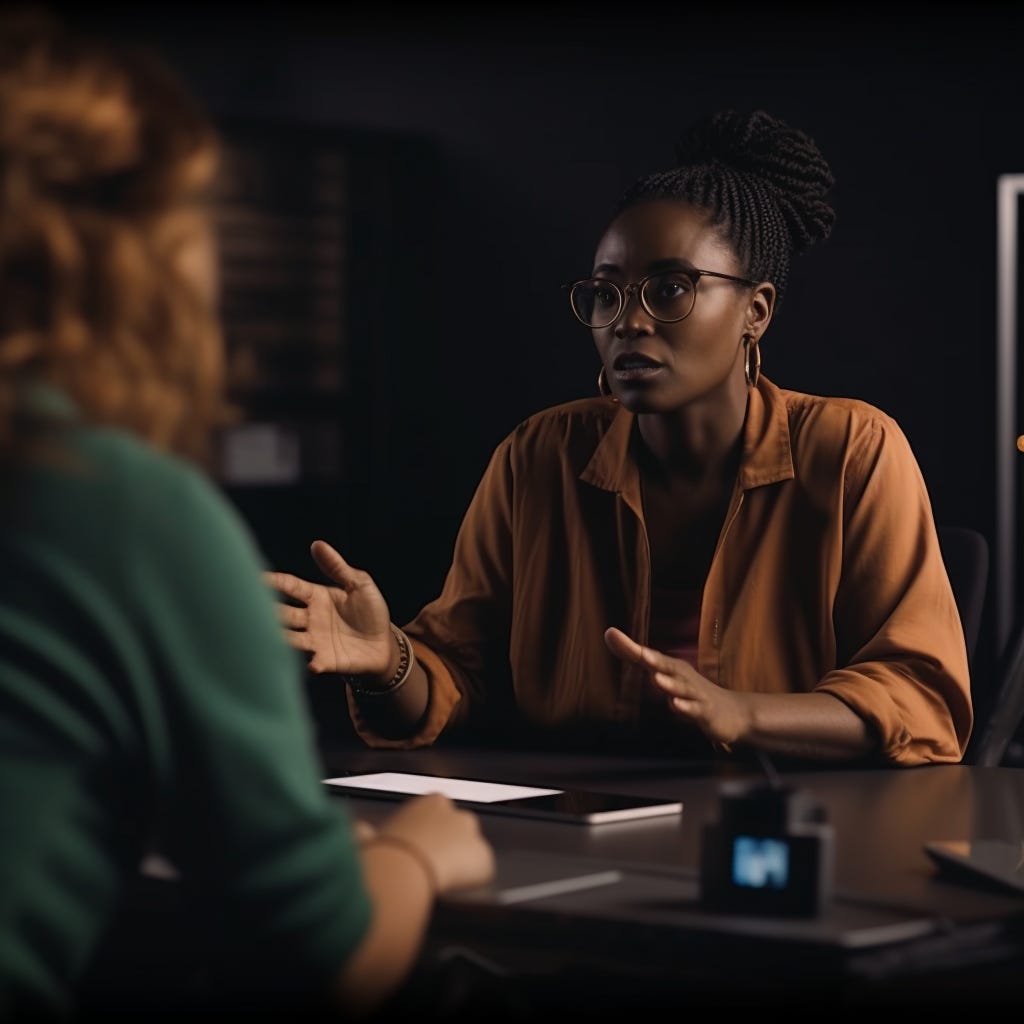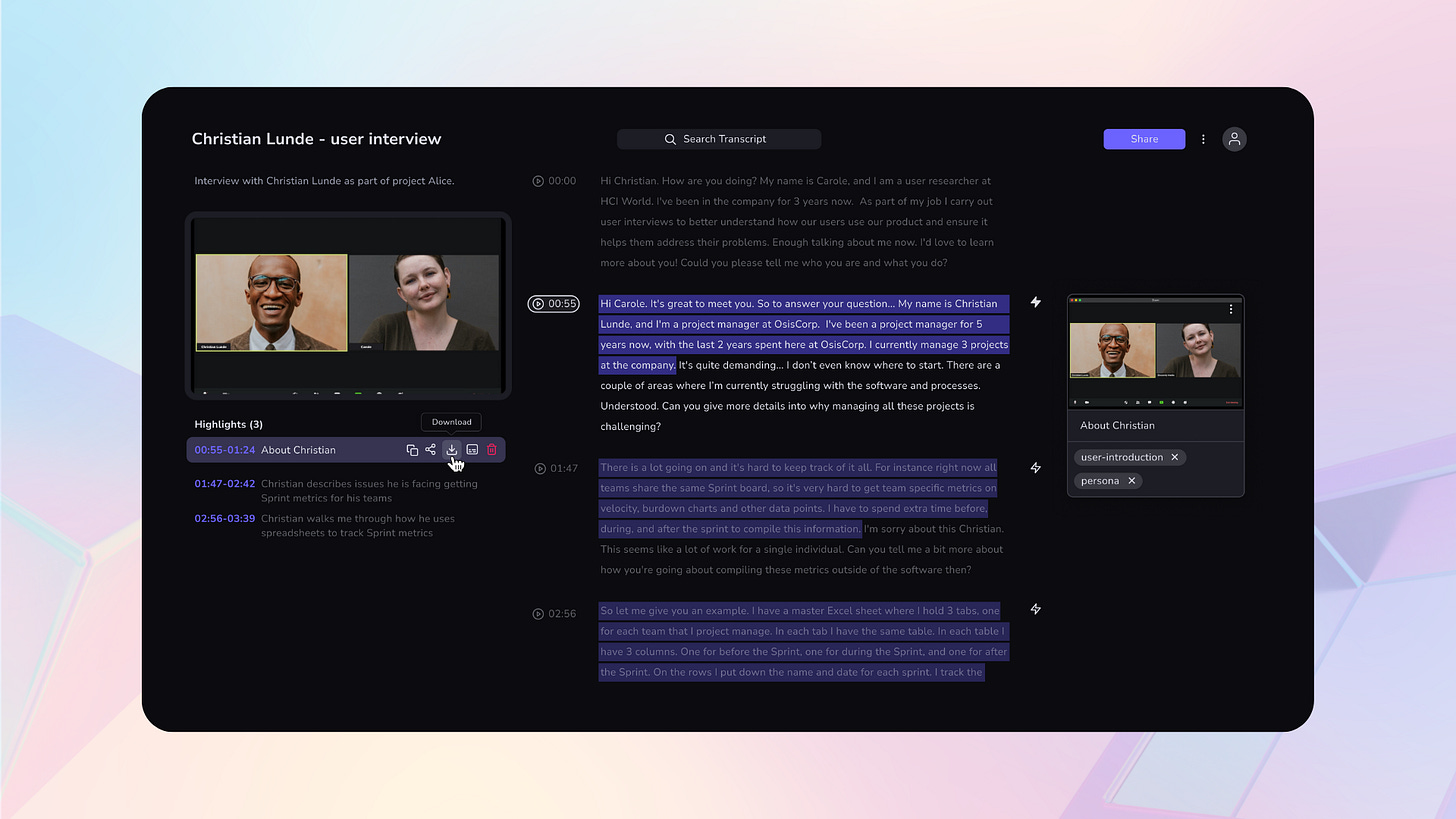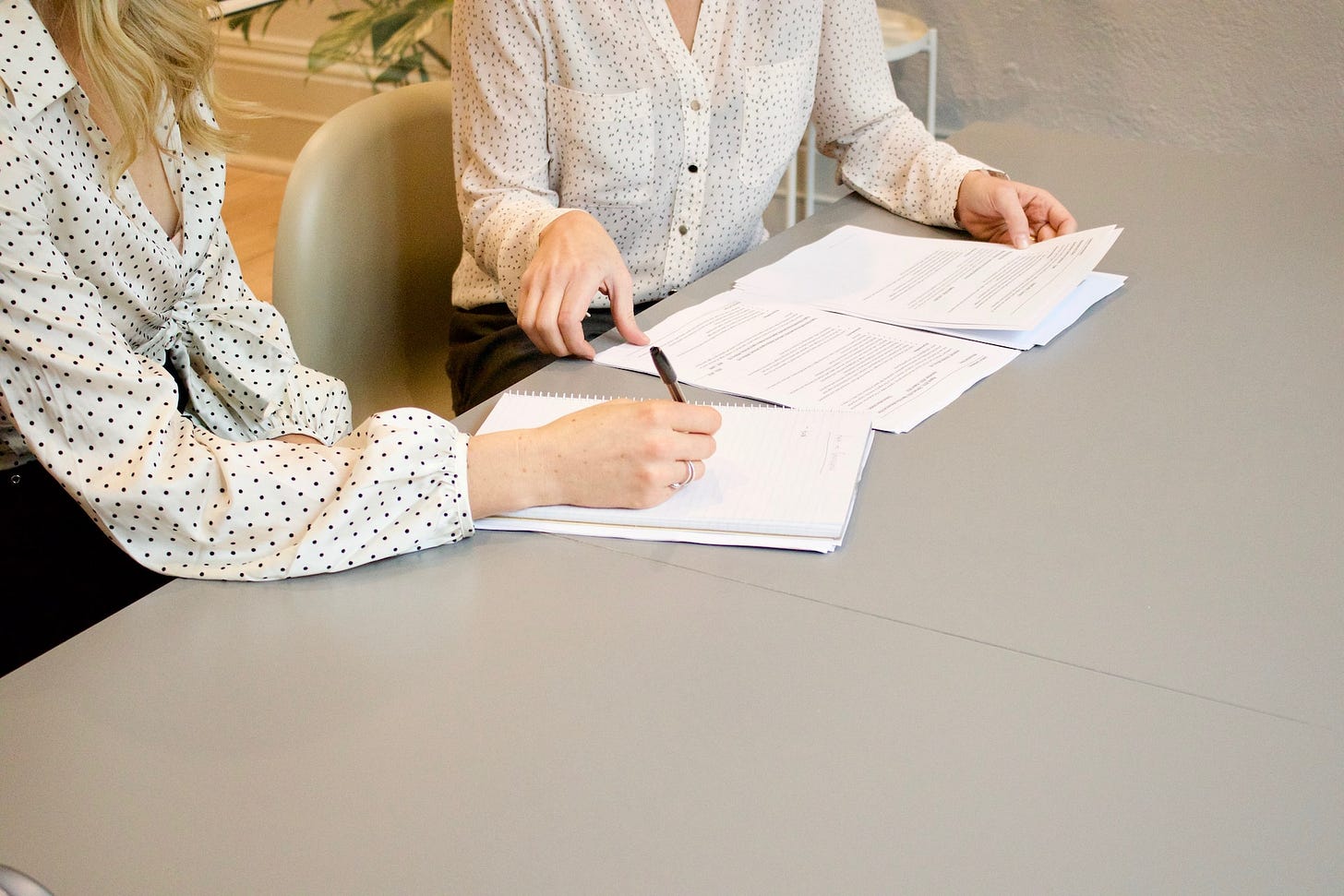User Interviews
In this post we cover what are user interviews, why they are so handy, and how to prepare them.
What are user interviews ?
💡 User interviews are generally one-to-one conversations during which a researcher asks a participant questions about a specific topic in order to learn more about this topic.
User interviews are similar to journalistic interviews, where a source share long stories about their opinions and experiences on a given subject.
During user interviews, researchers must also pay attention to non-verbal cues, such as tone of voice and body language to successfully navigate through the conversation.
User interviews are highly interactive and open, yet feel intimate. This allows researchers to build rapport with participants and uncover insights that other methods may miss.
Why conduct user interviews ?
💡User interviews - especially the ones done remotely - are a cost-effective and well-known method for acquiring attitudinal data, that is to learn more about what people think.
UX Bytes is sponsored by EnVsion - the platform that helps UX Researchers save hours analysing user interview videos.
When to employ user interviews ?
User interviews can be used at different stages of the product development lifecycle.
Discovery stage
Interviews during the generative research phase are great for uncovering new ideas and opportunities.
Interviews can also be contextual, that is they are performed while users are in their natural environment completing tasks. While they are completing tasks the researcher can ask questions to gain more insights.
During interviews, researchers can ask users to describe tools, processes, bottlenecks, along with how they perceive them so that researchers can get a deep understanding about the context of use.
💡Interviews can help inform vision decisions by helping researchers understand participants’ big picture beliefs. In this case interviews inform strategic decisions.
Evaluative stage
In this context interviews work well as follow-ups for qualitative and quantitive research methods.
User interviews are generally used as a follow up to get more insights into the why that motivated users actions during usability studies and card sorting activities for instance.
Continuous research
Continuous research helps companies stay connected with users in between specific research projects.
In this case user interviews help as a framework for “keeping in touch“ with users through regular communication touch points.
This is even more important because great teams building great products regularly talk to their users.
Different steps in a user interview
💡 Running a research project that is composed of user interviews involves the following steps
1️⃣ Identify research goals
2️⃣ Find relevant participants
3️⃣ Compose discussion guide
4️⃣ Schedule interviews
5️⃣ Conduct interviews
6️⃣ Analyse interviews
7️⃣ Uncover themes
8️⃣ Write report
9️⃣ Present findings
Some of these steps are covered more thoroughly in EnVsion’s article on generative research. Future issues of UX Bytes will explore the steps from analysis of interviews onward. This post about Planning your UX Research could be a relevant read too.
Now let’s dive into first 5 steps.
Identifying Research Goals
Talk with stakeholders and try to understand what are the important concepts that they want to learn from this research project.
Make sure that your research goals are not too broad. Instead aim for more specific research goals.
These goals should be practical and actionable enough that so that you can ensure you will get meaningful answers from participants during the study. For instance see the following example of broad vs specific research goals.
❌ Learn about teachers’ experiences in the classroom
✅ Explore how teachers use education technology in the classroom, and what their challenges and preferences are with regards to these tools
💡 Goals give direction. Without goals, the research is aimless. Before starting out with any research methods, ensure that you have formulated clear research goals that drive the research to finding answers to questions that support your goals.
Finding the right participants
Identify the common traits of the people who can provide the insights you need for your research study.
Decide how many participants you require for your study.
Create a profile of the ideal participant, using relevant characteristics in your screener survey. The screener will help filter out unsuitable participants.
Allocate a budget for rewarding participants for their time and attention (if required).
💡 Recruiting participants is difficult. Companies may either recruit participants in-house (ideal if the participants are already users of the product) or use specialised recruitment firms. These firms have a wider reach of participants and can handle more complex recruiting requirements, but they are more expensive too.
Writing a discussion guide
Create a discussion guide that contains a list of questions to keep the conversation organised.
We call it a guide instead of a script because it should not be followed religiously. Instead you should be flexible during the conversation and explore interesting and surprising conversational pathways if required.
Identify 3-6 main topics and a handful of subtopics to cover during the interview.
Planning and preparation
Scheduling the interview
Interviews usually take 30-45 minutes. But of course like with everything else in life: it depends.
That’s why you must choose a comfortable length of time so that you can cover the main topics from the discussion guide.
Obtaining consent
Always ask for the participant’s permission before collecting data (e.g. recording the call).
Explain why you’re conducting the interview, how data will be used, and how long it will be stored.
Get written consent from every participant in plain language ahead of the interview.
Make sure the participant’s personal information is stored securely on your systems. Destroy it if it is not needed anymore.
Communicating with participants
Send participants an email containing a calendar invite with date, time, topic, location if required (with map and directions).
Follow up multiple times for interviews scheduled a week or more in advance to confirm attendance.
For remote interviews, give clear instructions on how to join the call. This is especially important if software must be downloaded beforehand.
Focus on maintaining eye contact and use a notetaker or record and transcribe the interview (e.g. with a tool like EnVsion).
Before the interview
Make sure your software, prototypes and internet connection are working properly before the interview.
Clear your workspace and remove any necessary materials.
How to run the interview
Building trust and comfort
Introduce yourself and let the participant know what the interview is about, how long it will take, and how their data may be used.
Break the ice with some small talk and reassure them that there are no right or wrong answers.
Speak clearly and ask if they have any questions before diving into the core of the interview.
Use warm-up questions to build trust and comfort. Begin with general, easy questions. Ask them about lifestyle, hobbies, aspirations etc.
Your goal at this stage is to make the participant feel at ease.
Exploration stage
Ask specific questions about the project or process, or ask them to perform a task to capture their experience.
Be open to exploring unexpected conversational pathways. Make sure to have a strong “follow up question muscle“ when you’d like to dig into a specific subject.
Use the “Five Whys“ and ACV laddering to dig deeper into their answers in order to uncover richer insights.
Don’t be afraid to ask for clarification if something is unclear to you.
Embrace silence. Let the participant speak: they may add more to their response given time to expand on their thoughts.
Staying on track
Gently redirect the conversation if needed.
Keep an eye on time to avoid going over.
Schedule a follow up conversation if required.
Note-taking and recording
Try not to take notes while facilitating the interview: this takes your focus away from the participant. Instead you should have someone on your team taking notes.
Don’t interpret the participant’s statements while taking notes. Write down what they said verbatim. Include timestamps for context.
Use any note-taking method that works best for you, whether that’s pen and paper or digital tools.
Record the conversation and review it at a later stage (only if participant have given their consent).
Conclusion and wrap up
Let the participants know when you’re nearing the end and ask your final questions.
Ask them if there’s anything else they’d want to add or if they have any questions for you.
Show appreciation and respect by thanking them for their time and effort during the interview.
End on a positive note by informing them what to expect next.
Thank you for reading this issue of UX Bytes (sponsored by EnVsion)!
Feel free to comment on this issue or reach out to us via email if there’s anything you’d like to add or suggest.




